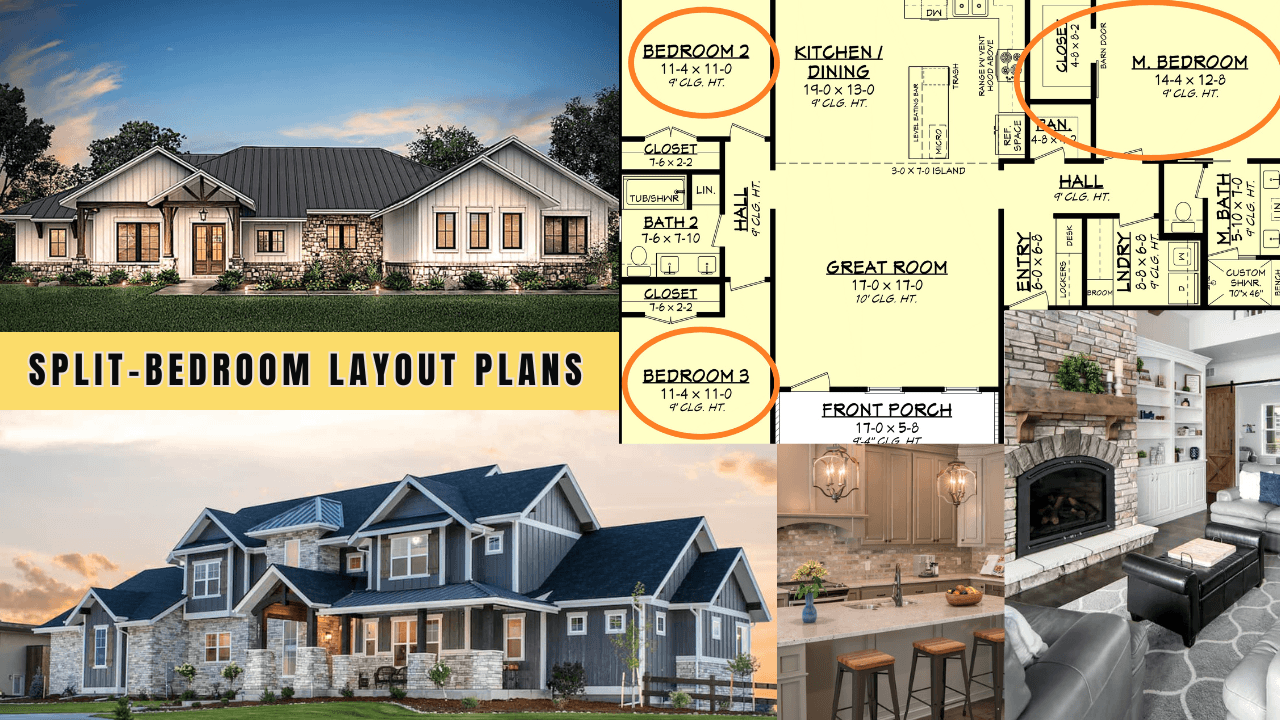Create a Dramatic Decor Statement with Stylish Door Designs

Open Up Your Home to Fascinating Possibilities with Today’s Door Choices
It’s time to throw out the cookie-cutter designs and go for modern doors with exciting and unusual shapes and patterns. From the front door to interior doors and everything in between, doors are hot items. Today, homeowners are finding doors with bold colors, materials, and styles to make their residences as inviting and eye-catching as possible.
What was once a mere routine component of a home, the front door is now one of its most noteworthy features. And it is not just the front entry that is getting much attention from architects and designers. All of the doors in a home are now part of an exciting fashion evolution. On the heels of the front door’s fashion evolution comes the dramatic transformation of rear, side, and interior doors into stylish and interesting fixtures.
Here is a look at the many faces of the 21st century door.
The Entry Door
Curb appeal, first impressions, and more! No more nondescript and boring front doors. Instead, there are unusual shapes (round, arched) and sizes (wide, narrow, tall), sometimes framed by transoms or flanked by stone or wood columns. They come in bold hues of red, green, blue, orange, yellow—or sleek black.
With all of the innovations and contemporary designs available to them, homeowners are creating distinct looks for their doors. Walk into most neighborhoods, and you will find houses with interesting doors made of wood, steel, fiberglass, and glass, or a mix of these materials.
1. Wood, flat, or raised-panel, with or without glass
If you want a traditional door, nothing beats the natural beauty, warmth, and character of real wood. Among the popular choices are mahogany, oak, and walnut.
Why wood doors? Aside from being safe, sturdy, and durable, wood doors work well with different home styles. The natural finish is attractive and can be embellished by adding artsy and modern touches. Many homeowners install a transom window over the door to allow natural light to filter in and to break the solid wood feel of the front doors.
Wood does have its drawbacks—it is expensive, and it requires maintenance. However, people get around the cost issue by using what is called a “sandwich-style” design—wood veneer skin over a wood core—to reduce warping and costs. Experts recommend veneers that are at least 1/16 inch thick to avoid damaging the door if you need to sand and refinish it.
2. Steel (insulated), usually raised panel, with or without glass
Less expensive than wood, strong, sturdy, safe, and energy efficient because of the insulation it uses, the steel door is perhaps the most common type of front door today. It is made of a wooden frame with steel panels and comes in various sizes and shapes. Like wood doors, steel doors can be “dressed up” with decorative glass panes.
Steel doors are prone to dents and scratches that can cause rust, and because steel is a conductor, it can be hot or cold to touch in extremely hot or cold conditions.
3. Fiberglass (insulated), wood-look stained or painted, usually raised panel, with or without glass
If you want the look of a real wood front door without paying its high price, then a fiberglass door is the way to go. It can be stained beautifully to look and feel like wood. Fiberglass doors are just as secure and durable as their wood and steel counterparts.Other advantages include relatively low cost, good insulation, low maintenance, energy-efficiency, resistance to dents and scratches, and warp and twist resistance.
Similar to solid-wood and steel front doors, fiberglass doors—with their various shapes and sizes and decorative glass panels—can be designed as simply or elaborately as the homeowner wants.
Side and Rear Doors
While the front door gets all the attention, the rear or side door is actually the entry used most often. Close friends may be more familiar and comfortable with it. And more often than not, it is the most convenient entry to the home because of its proximity to the garage or the driveway.
All homeowners invest in rear or side doors that are safe, secure, and durable, and they maintain the doors the same way as they they do the front door. Exterior and side doors may not be showpieces, but they can be pleasing and appealing whether you choose wood, fiberglass, or steel.
Interior Doors
And now, for the “forgotten” or “unseen” doors of the home—the interior doors (bedroom, hallway, study, bathroom, closets). Just as the front, rear, and side doors enhance a home’s curb appeal, the interior doors add to the character, style, and beauty of the home.
Bright hues too bold for your front and rear doors? How about a splash of color on your interior doors to start your interior door makeover?
In addition to colors, there are a variety of designs and materials for interior doors. There is solid wood, stained or painted; medium-density fiberboard; or luan, a plywood product made from the lauan tree, which is native to several Southeast Asian countries.
Some homeowners choose French doors, or glass doors with wood frames, for hallways and social spaces. Two-panel sliding doors are popular for closets; and then, anywhere from single panel to multi-panel configurations for bedroom, bathroom, or home-office doors.
Remember, you can always create a dramatic front entry, but don’t forget that your other exterior and interior doors are also style and fashion treasures.
Footnote: The lead image (upper) in this article is from a one-story luxury mountain-style home with five bedrooms. For more details, view Plan #161-1042.
Plan Results
OR ENTER A PLAN #
Blog Resources

Home Design & Floor Plans

Home Building

Architectural Styles/Architecture


























